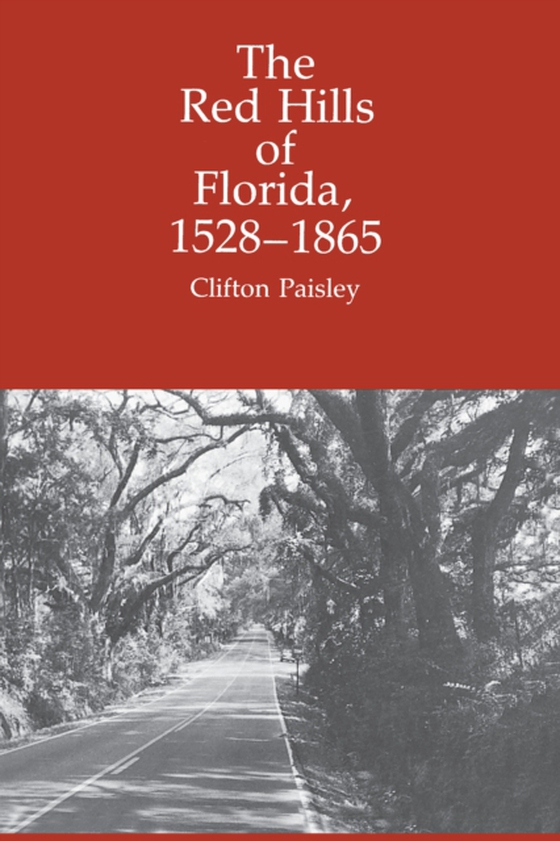
Red Hills of Florida, 1528-1865 e-bog
412,44 DKK
(ekskl. moms 329,95 DKK)
Recent excavation of the Tallahassee area provided anthropological and archaeological evidence showing that the Red Hills of Florida were sought out by agricultural Indians long before European contactThe Red Hills section of northern Florida is composed of Leon County, where Tallahassee is located , and its neighboring counties of Gadsden and Jackson to the west and Jefferson and Madison to th...
E-bog
412,44 DKK
Forlag
University Alabama Press
Udgivet
15 september 2014
Længde
304 sider
Genrer
1KBBFL
Sprog
English
Format
epub
Beskyttelse
LCP
ISBN
9780817388690
Recent excavation of the Tallahassee area provided anthropological and archaeological evidence showing that the Red Hills of Florida were sought out by agricultural Indians long before European contactThe Red Hills section of northern Florida is composed of Leon County, where Tallahassee is located , and its neighboring counties of Gadsden and Jackson to the west and Jefferson and Madison to the east. The land is distinctive band of rolling red clay hills that extends for 150 miles along the border of Alabama and Georgia. This well-written narrative chronicles the history of the region from the time of first European contact in 1528 through the end of the Civil War, and provides a comprehensive study of this vital section of northern Florida.Recent excavation of the Tallahassee area provided anthropological and archaeological evidence showing that the Red Hills of Florida were sought out by agricultural Indians long before European contact. DeSoto fed his army of more that 700 during the winter of 1539-40 from corn gathered within a few miles of the principal town of the Apalachee. The Spaniards who settled in the Apalachee area during the mission era depended on the corn for survival and used the Indians of the 14 Apalachee mission in a war of empire building with the English of South Carolina. Raids by these enemies wiped out the Indians of the Apalachee area and its mission in 1704.In 1818 Andrew Jackson defeated the successors of the Apalachee in the Red Hills, the Seminoles, and after Florida became American territory in 1821, Governor Du Val planned the town of Tallahassee near the original DeSoto winter campsite. Farsighted Du Val used a site plan that provide for future expansion. Farmers were shipping cotton from the region as early as 1820, but the full development of the plantation economy had to await the removal of the Seminoles. From the 1840s through the Civil War cotton was the major crop which supported the social, political, and economic growth of this pivotal area of north Florida know as the Red Hills.
 Dansk
Dansk

